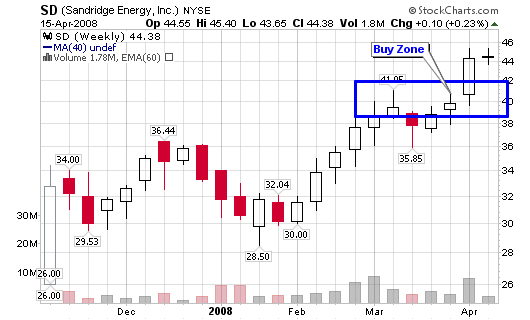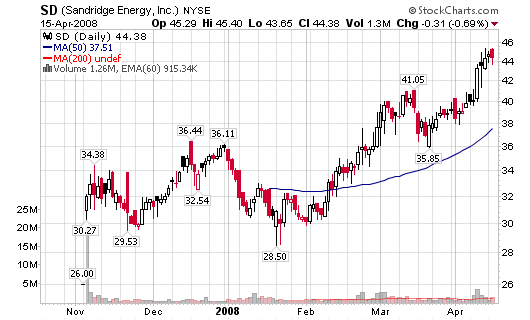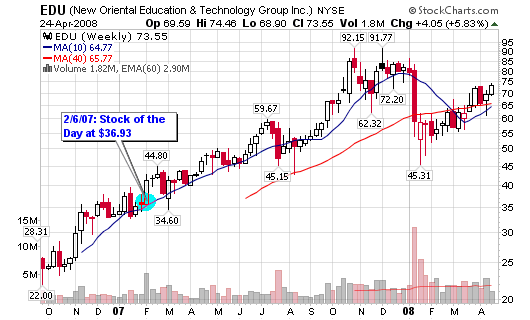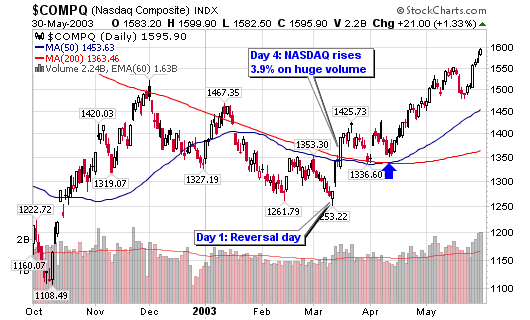Plus: I got my $50 National City gift card in the mail today - it was a Sharebuilder bonus for signing up through my National City account that I have for CashDuck. So that's pretty cool. Sharebuilder bonuses are awesome. (I invested my $6 in an S&P 500 index fund. It is now worth $6.14. How savvy am I?)
Minus: I got two W-2's that I had forgotten about - one for Pearson, which was a test-grading job that I had for about a month in April-ish ($988) and one for Kaplan, where I worked for exactly three days during the July-ish period when I decided I needed a second job and then decided that I really wanted to go home after work ($81). So that's about $200 more in taxes to pay since neither had much withheld. And it also makes me wonder where the thousand dollars went??
Plus: I finally am able to see information about Electric Orange, the new ING checking account, and I am ALL over that. They have a payment feature where you can send someone an email, they put in their banking info, and voila they get money! This is so cool I can't even begin to describe. Plus about 3% interest on the money you have sitting around in the account. I am so opening one for CashDuck!!
EDIT: I originally wasn't happy about this feature because you had to know their account info - but the description made it sound like you didn't have to anymore. On further investigation, it's the same. So I guess that makes this a neutral?
Minus: I went to Target on Sunday with a pocketful of coupons, spent $91 and walked out without remembering to actually hand over the coupons to the Target lady (about $10 worth.)
Plus: I got a prescription filled and actually had one of the free-gift-card-with-prescription coupons (which I did use) from Target, so I got a $10 gift card from that.
Plus: I get my first paycheck from my new job on Wednesday - and $500 of it is going into my 403(b). So, from my calculations, about $1340 will actually be deposited between my employer's contributions and my voluntary and involuntary contributions. Which is about as much money as I use to live on and pay bills other than debt. So I think that's pretty cool. If all goes as planned I may have to raise my goals of how much retirement money I want to save by 30! =)














 It’s a mysterious thing that we hear people talking about all the time. Credit ratings. For the uninitiated, it holds a mysterious quality and power over the kind of financial clout a person has. Credit ratings seem to affect what we can and can’t buy, what kinds of vehicles we drive, and even where we live in some mysterious way.? Credit ratings appear to be cloaked in a curious jargon the banks seem to hold over us. We’re sure they’re a powerful tool that can work for or against us but we’re not always sure of the ins and outs of how.?
It’s a mysterious thing that we hear people talking about all the time. Credit ratings. For the uninitiated, it holds a mysterious quality and power over the kind of financial clout a person has. Credit ratings seem to affect what we can and can’t buy, what kinds of vehicles we drive, and even where we live in some mysterious way.? Credit ratings appear to be cloaked in a curious jargon the banks seem to hold over us. We’re sure they’re a powerful tool that can work for or against us but we’re not always sure of the ins and outs of how.?